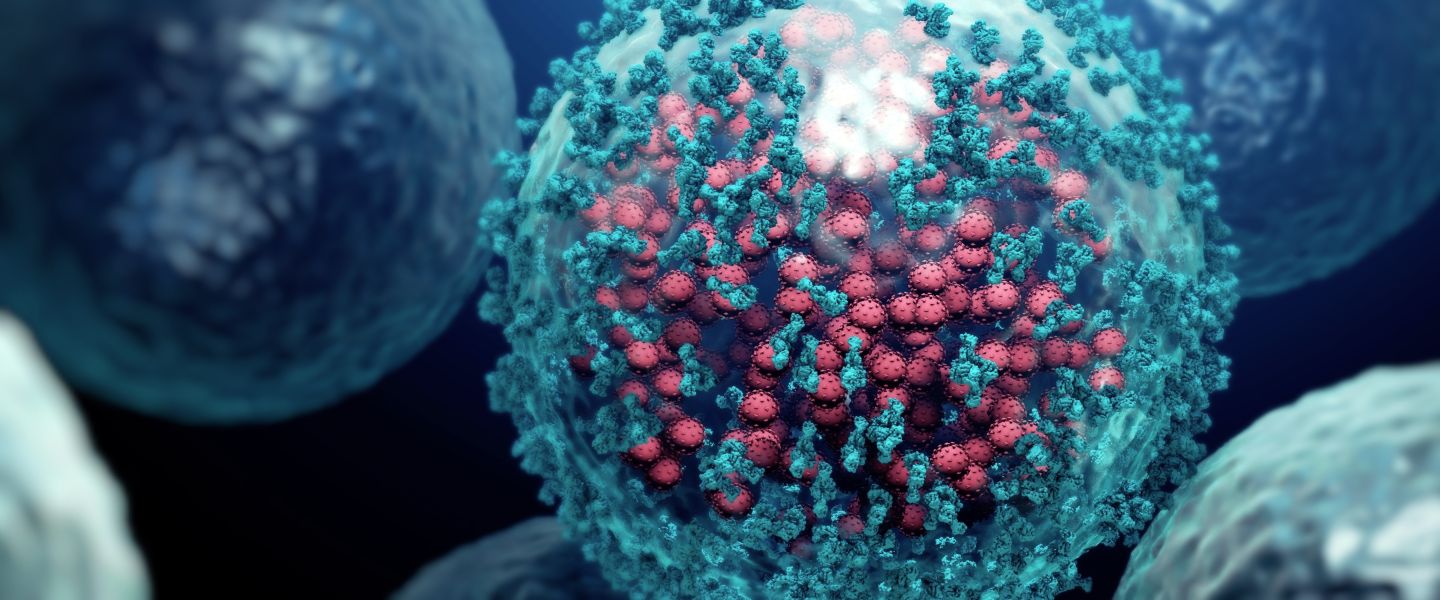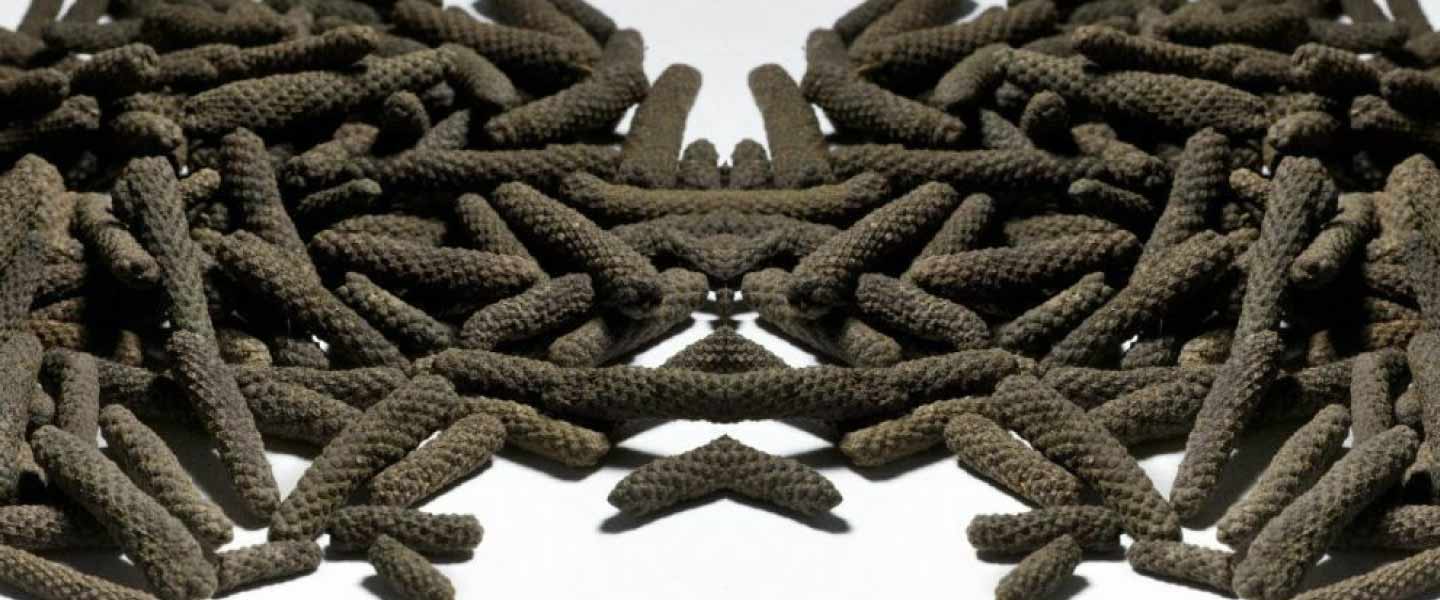SHARING / REPOSTING GUIDELINES: We're very happy to have posts/articles shared as direct links.
However, if you are replicating and re-posting information from this website or our posts, Abbey requests that you:
A) Only ever share articles in part (not in full). (eg. You can lift a paragraph as a way of introducing your readers to the topic) B) Be sure to always provide a direct link/URL back to the full original article here on the MyHealingCommunity.com website. Thanks in advance for your co-operation when sharing and re-posting any and all information that appears on this website.
A universally accessible and actionable marker of how we are positioned.
The neutrophil-to-lymphocyte ratio (NLR) provides critical insights into cancer prognosis, treatment response, and immune resilience.
What is NLR?
The NLR is a simple, cost-effective biomarker derived from routine blood tests that reflects systemic inflammation and immune status. NLR measures the balance between neutrophils (pro-inflammatory white blood cells) and lymphocytes (immune cells involved in adaptive immunity). It’s calculated by dividing the absolute neutrophil count by the absolute lymphocyte count from a complete blood count (CBC) with differential[1][2][19].
Why NLR Matters in Integrative Oncology
- Prognostic Value
- Elevated NLR (>3–5, depending on cancer type) correlates with poorer survival outcomes across a wide range of cancers[1][6][12]. High NLR reflects tumour-promoting inflammation and impaired immune surveillance, accelerating cancer progression[3][8].
- Pre-treatment NLR predicts response to therapies, including immunotherapy and tyrosine kinase inhibitors[5][13]. For example, NLR combined with tumour mutational burden (TMB) identifies patients more likely to benefit from immune checkpoint inhibitors[5].
- Inflammation and Immune Dysregulation
- Neutrophils secrete pro-inflammatory cytokines (e.g., VEGF, IL-6) that fuel angiogenesis and metastasis, while lymphocytes mediate antitumor responses[6][8]. A high NLR signals a dominance of pro-tumor inflammation over adaptive immunity[14].
- Chronic inflammation, a driver of cancer, is linked to NLR elevation[1][8]. Integrative approaches often target inflammation through diet, stress reduction, and supplements, making NLR a practical low cost effective monitoring tool.
- Accessibility and Cost-Effectiveness
- NLR requires no specialised testing—it uses routine pathology known as the Complete Blood Count (CBC) data [2][19]. Your oncologist asks you to get blood drawn for this test regularly. You jist need to be sure to always get a personal copy. This is makes monitoring the NLR so accessible as we are leveraging existing diagnostics for personalised integrative knowledge and care.
How to Calculate NLR
Obtain a copy of your CBC results with differential . Identify Absolute neutrophil count (ANC) and Absolute lymphocyte count (ALC) . Divide the number of neutrophils by the number of Lymphocytes.
e.g: If neutrophils = 7.0 ×10³/µL and lymphocytes = 1.4 ×10³/µL, NLR = 5

Interpretation of the NLR Range
-
1–3 Normal (balanced inflammation/immunity)[7][22]
-
>3–5 Mild elevation (monitor closely)[12][20]
-
>5 High risk (poor prognosis, aggressive disease)
[4][12] Note these Factors Impact NLR Interpretation - Chemotherapy: Can alter blood cell counts, affecting the ratio
- Infection: May cause temporary spikes in neutrophils
- Other medical conditions Can impact the balance of neutrophils and lymphocytes
Therefore, while a declining NLR trend generally suggests positive progress in controlling cancer, it's essential to consider these potential confounding factors when evaluating results.
Integrative Applications
- Monitoring: Track NLR during treatment to assess inflammation control and immune recovery[5][20].
- Lifestyle Modifications: Diet (anti-inflammatory), exercise, and stress management may help lower NLR by reducing chronic inflammation[22].
- Complementary Therapies: Curcumin and Molecular Hydrogen are studied for their anti-inflammatory effects, potentially improving NLR. Discount codes for both are here.
NLR monitoring clearly builds a bridge between conventional and integrative oncology by offering a cheap measurable, actionable marker of systemic health—empowering patients and practitioners to tailor holistic strategies alongside standard care[1][6][14].
Citations:
- Neutrophil-to-lymphocyte ratio as a prognostic indicator in gastrointestinal cancers: a systematic review and meta-analysis URL: https://pmc.ncbi.nlm.nih.gov/articles/PMC5458276/
- Prognostic role of neutrophil-to-lymphocyte ratio in breast cancer: a systematic review and meta-analysis URL: https://www.nature.com/articles/bjc201561
- Neutrophil to lymphocyte ratio - Wikipedia URL: https://en.wikipedia.org/wiki/Neutrophil_to_lymphocyte_ratio
- Pretreatment predictive value of blood neutrophil/lymphocyte ratio in R0 gastric cancer resectability. URL: https://www.elsevier.es/en-revista-gastroenterologia-hepatologia-english-edition--382-articulo-pretreatment-predictive-value-blood-neutrophil-lymphocyte-S2444382417300056
- The prognostic significance of neutrophil-to-lymphocyte ratio in cancer: a comprehensive analysis URL: https://www.nature.com/articles/s41467-021-20935-9
- The neutrophil-to-lymphocyte ratio: a narrative review URL: https://ecancer.org/en/journal/article/702-the-neutrophil-to-lymphocyte-ratio-a-narrative-review
- PulmCrit: Neutrophil-Lymphocyte Ratio (NLR): Free upgrade to your WBC URL: https://emcrit.org/pulmcrit/nlr/
- Neutrophil-to-lymphocyte ratio as a predictor of severity in COVID-19 patients: A retrospective cohort study URL: https://pmc.ncbi.nlm.nih.gov/articles/PMC8998851/
- Neutrophil-to-lymphocyte ratio and its association with survival outcomes in cancer patients: a population-based study URL: https://www.nature.com/articles/s41598-020-79431-7
- Prognostic value of neutrophil-to-lymphocyte ratio in colorectal cancer: a meta-analysis URL: https://pubmed.ncbi.nlm.nih.gov/34161115/
- Neutrophil-to-lymphocyte ratio as a biomarker for sepsis diagnosis and prognosis: a systematic review and meta-analysis URL: https://pmc.ncbi.nlm.nih.gov/articles/PMC8660071/
- Prognostic role of neutrophil-to-lymphocyte ratio in cancer: an overview of the evidence URL: https://www.naturalmedicinejournal.com/journal/prognostic-role-neutrophil-lymphocyte-ratio-cancer
- Neutrophil-to-lymphocyte ratio in cancer: Current perspectives and future directions URL: https://tcr.amegroups.org/article/view/37092/html
- Neutrophil-to-lymphocyte ratio as a prognostic marker in hepatocellular carcinoma: a systematic review URL: https://pmc.ncbi.nlm.nih.gov/articles/PMC4839997/
- Clinical significance of neutrophil-to-lymphocyte ratio in ovarian cancer: a multicenter study URL: https://www.spandidos-publications.com/10.3892/ol.2011.304
- Diagnostic and prognostic value of neutrophil-to-lymphocyte ratio in sepsis: a systematic review and meta-analysis URL: https://onlinelibrary.wiley.com/doi/10.1002/jcla.24878
- Understanding Free Light Chains: Clinical Utility and Interpretation URL: https://pathologytestsexplained.org.au/ptests.php?q=Free+light+chains
- Neutrophil-to-lymphocyte ratio as a predictive marker in pancreatic cancer: a retrospective analysis URL: https://journals.lww.com/md-journal/fulltext/2019/
- Neutrophil-Lymphocyte Ratio (NLR) Calculator: A Clinical Tool for Inflammation Assessment URL: https://www.mdcalc.com/calc/10305/neutrophil-lymphocyte-ratio-nlr-calculator
- Neutrophil-to-lymphocyte ratio as a predictor of cardiovascular events: a cohort study URL: https://www.nature.com/articles/srep31394
- Neutrophil-to-lymphocyte ratio and its role in predicting outcomes in COVID-19 patients: a prospective study URL: https://www.nature.com/articles/s41598-021-00927-x
- How to Calculate Your Neutrophil-to-Lymphocyte Ratio (NLR) and Interpret the Results URL: https://www.medichecks.com/blogs/longevity/how-to-work-out-your-neutrophil-to-lymphocyte-ratio-nlr

DISCLAIMER: Any and all information in this post was gathered from published research in cell lines or animals, or from typical clinical use. It may not be complete, may not have not been verified in humans, and is NOT meant or given as medical advice, but only as a guide to further exploration.







